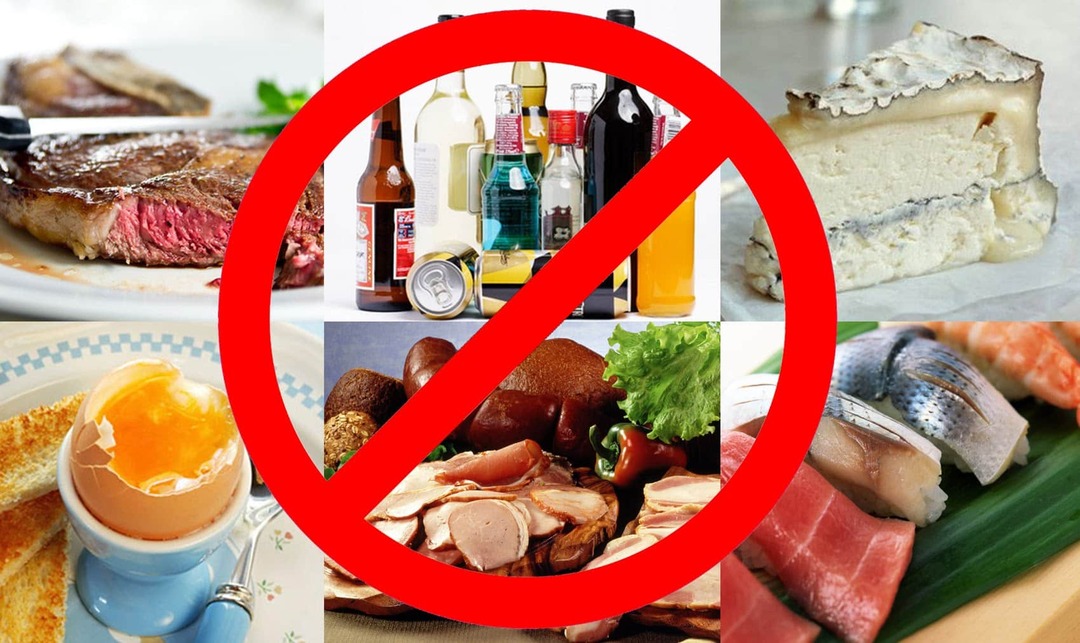It is painful to tear out the abdominal tooth with anesthesia: the procedure of removal
Root teeth can erupt in a person at any age and deliver unpleasant, painful sensations, delivering a number of discomforts.Experts recommend that the teeth be removed early in their appearance.Many adults often wonder how it is painful to pull out the root tooth with or without a prick.Will there be any complications?
Description of the procedure for removing
Completely removed teeth also with mechanical damage with a fracture of the root.Before removal is assigned to the X-ray, which allows to determine the exact location of the root.Currently, the procedure is carried out with anesthetics, anesthetics using injections.
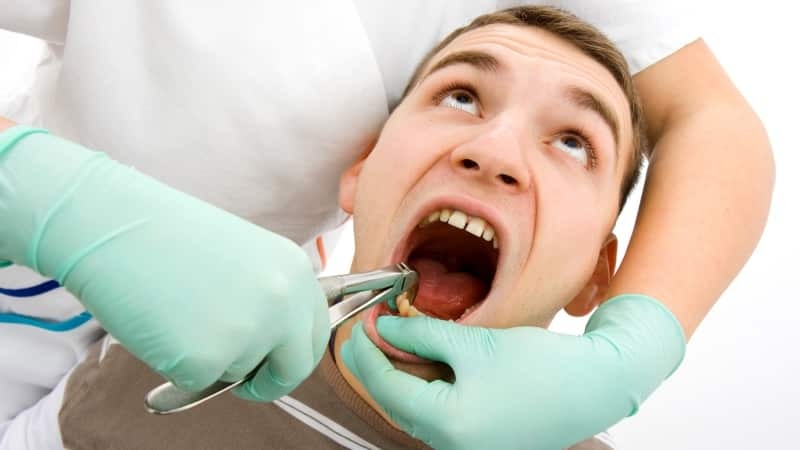
Root teeth are to be removed if damaged by caries at a neglected degree and because it can not be restored by treatment.
After numbness of the part of the gum, the dental surgeon grabs the tooth with gingival forceps, shakes it and pulls out the
.To protect the jaw from injury, especially when the situation is started, the doctor shares a crown of the tooth with a special tool and drill.If the patient is concerned about the question of how painful it is to remove the molar with prick?First of all, consider the factors that can create complications with extraction and pain, regardless of the prick, like:
- is a fragile structure of the crown, which can be due to improper treatment, or crumbling into piecesAt capture, the processes of decay;
- curved roots, which prevents the extraction or breaking off of the root apex during loosening;
- destruction under the root, which is very difficult when removed;
- incomplete eruption, or its wrong position;
- The presence of a cyst requires special attention and surgery by a highly qualified doctor.The operation can be performed under local anesthesia, or by the introduction of general anesthesia.
In difficult cases, mucosal cutting will be required to provide access to the tooth crown and carry out the removal process, which requires general anesthesia.
Tooth surgery for children
An indigenous tooth in a child's body can be either milky or permanent.Therefore, the tactics of treatment or removal have certain differences.If the dairy does not fall out and the permanent one is in the stage of growth and at the same time it staggers, the dentist can remove the milk tooth, which prevents the root permanently from penetrating into the root.
In the case of a child's pain in a constant indigenous one, the doctor conducts conservative treatment to preserve the integrity of the dentition.
But there are indications that removal is considered to be a necessary process:
- the crown is completely destroyed;
- the root or nerve in the lower jaw area is inflamed;
- formation of a cyst in the root of the tooth, or granuloma.
Today, tooth extraction is carried out even with nerves, absolutely painless, and therefore the issue of pain should worry patients after removal.But it is impossible to say exactly how much the gum will ache after surgical intervention.
It is painful to pull out a tooth - a question that today depends on the individual sensitivity of the patient.
Therefore, before preparing for the procedure, it is desirable to agree on the question of anesthesia with a surgeon.He will be able to pick up certain doses of drugs that do not provoke allergic reactions and side effect. After the removal of the prick and the torn tooth, the pain can be severe with subsequent fading.
For the first time, follow the recommendations of a specialist to reduce pain.If the pain does not go away for a long time, it becomes stronger, acquires a pulsating character, perhaps suppuration occurs in the hole.In this case, the dentist should be consulted without delay.
Removal during pregnancy
It is known that any surgical intervention for pregnant women is not desirable.This can adversely affect the state of the future mother, and it is best to take preventive measures, or perform the procedure for removing the molar before the pregnancy.
If dental problems have occurred, the recommendations of specialists should be observed taking into account such moments as:
- prevent removal at the beginning and end of pregnancy, since the fetus is particularly sensitive during this period;
- surgery is best performed after the birth of the child, without causing stress to the body;
- surgery is performed only for vital signs;
- the doctor, considering the condition, can choose alternative methods of treatment with the elimination of pain.
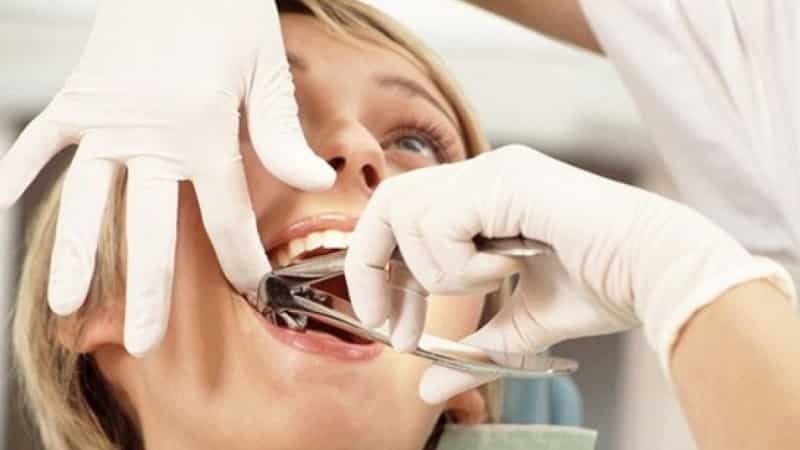
Removing the molar tooth for pregnant women is not recommended.
Complications
Any operation, regardless of location, can provoke various complications and negative reactions in the body.After tooth extraction, there may be a throbbing pain in the gum area, or in the hole, the appearance of sore throat, swelling of the cheek.
This may indicate inflammation and other conditions:
- ingest of root particles in the gum;
- dislocation, fracture in the jaw region;
- injury, damage to nearby teeth;
- hematoma formation, accompanied by fainting, shock;
- inflammation of the alveoli, peripheral nerve and other problems.
Indications
The operation to remove molars is more complex, and therefore the decision is made by the dentist on the basis of a survey, an X-ray with certain recommendations:
- tumors, cystic lesions;
- purulent inflammatory processes as a result of the development of periodontitis;
- formation of abscess, phlegmon, purulent periostitis;
- nude pulp, fracture along the axis of the crown;
- broken crown;
- impossibility to install prosthetic construction;
- diseases affecting the change of bone tissue;
- inflammatory processes of the nasopharynx, sinusitis and other diseases.
Contraindications
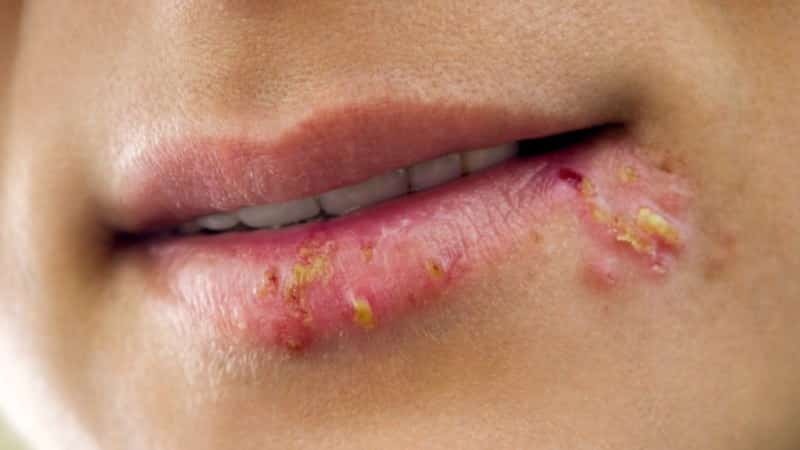
Removal of molars is contraindicated for herpes and stomatitis
Removing the wisdom tooth has certain contraindications, like:
- presence of heart disease;
- viral, infectious diseases in acute form;
- can not be removed with infectious hepatitis, pancreatitis, kidney disease;
- if patients have neoplasms, blood diseases, radiation sickness;
- disease as a stomatitis;
- pregnancy of the first and last trimester;
- dystrophy;
- affection of the nervous system and other problems with the state of health.
By determining the general condition of the patient, the doctor can make the right decision and take timely preventive measures.And also in some cases it is necessary to recover from the underlying disease, after which it is possible to carry out the removal.
Self removal
There are cases where the aching tooth is strongly shaken, that allows for the removal of his home. In such situations it will be painful to pull out a tooth and it is very dangerous. To carry out the procedure, required to ensure complete sterility, analgesia gums, check the complete elimination of the root and prevent the timely complications, blood loss.
In most cases patients teeth removed baby, but it is necessary to clean the oral cavity from food residues, to disinfect the mouth.If the loosened sick tooth can not be wrenched with fingers that need to tightly grasp it, it is better to consult a dentist.
Preventive measures after surgery
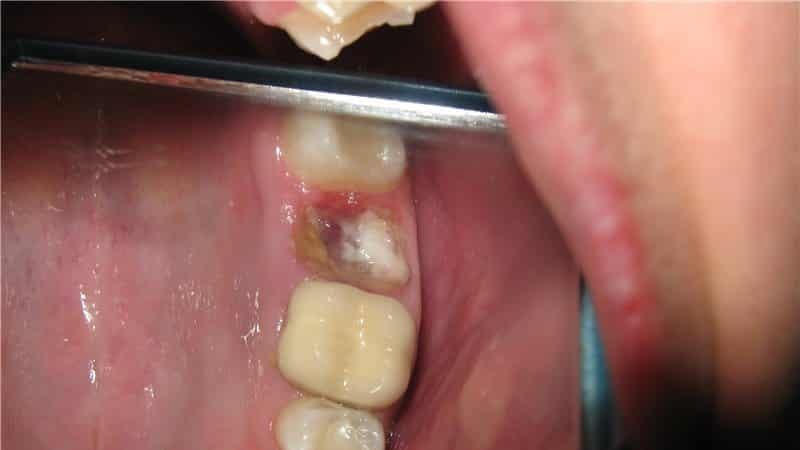
Hole after tooth extraction
Doctors recommend to take advantage of the advice after the operation, in particular:
- ensure complete rest for half an hour to prevent bleeding;
- keep the tampon in place of the removed tooth for at least an hour, as it helps stop the bleeding;
- does not have a mechanical effect on the hole, so as not to contaminate the wound.
In conclusion, it should be noted that pain when removing wisdom tooth can occur only after its procedure.But it is necessary to carry out preventive maintenance for the maximal decrease of painful sensations.In any case, you should seek the advice of a specialist if the pain is prolonged and does not subside in the area of the removed tooth.

